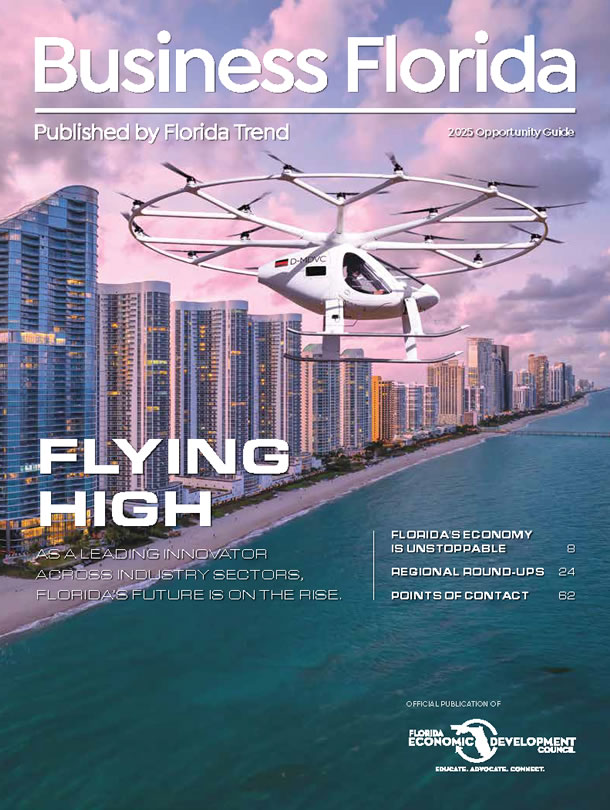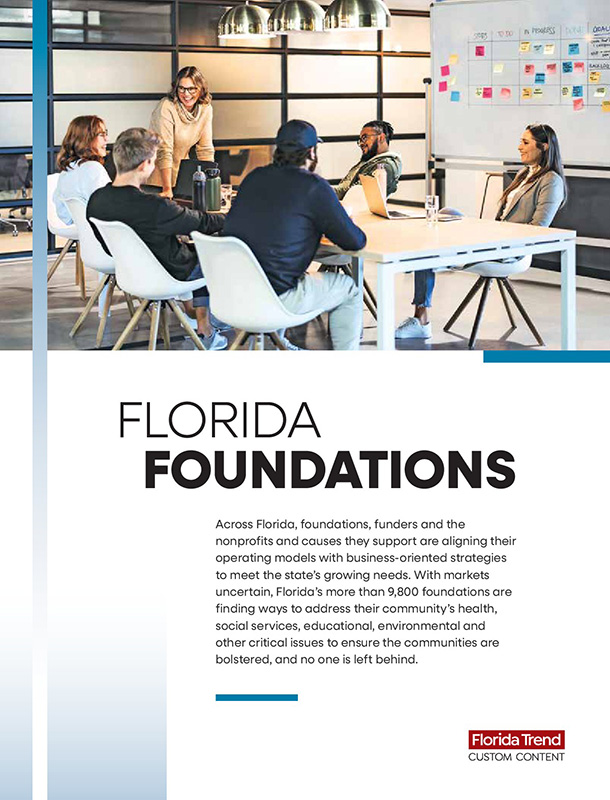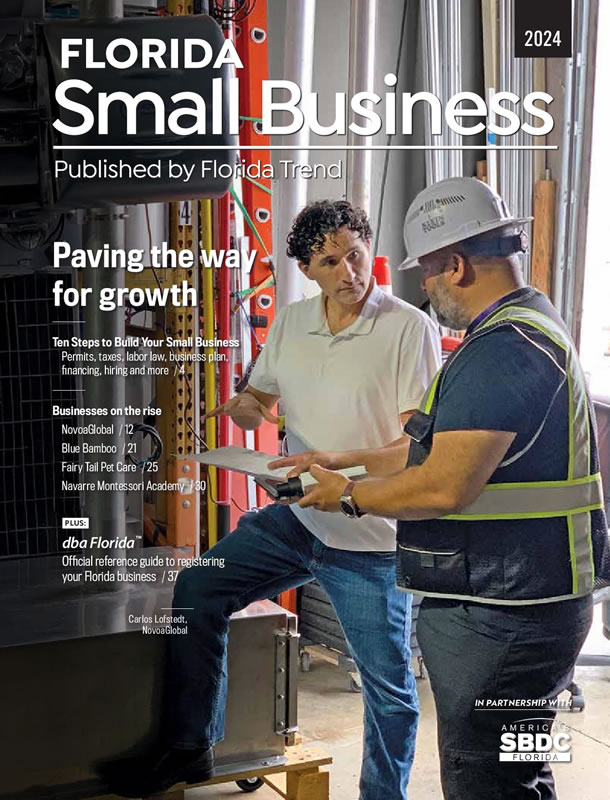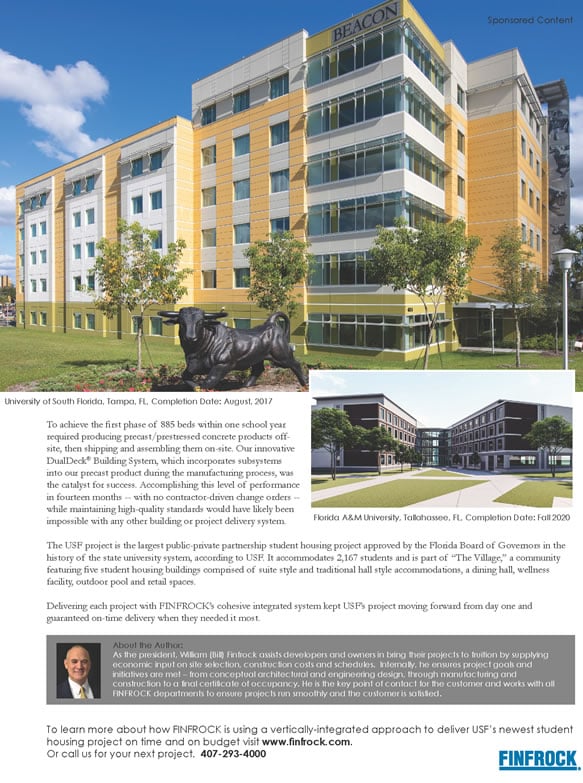Doctors and first responders from across the state and the nation know this scenario all too well: A patient is discharged from the hospital, but within a few days, the same person is back in the emergency department, perhaps because they didn’t fill their prescriptions, take their medications, follow discharge instructions, or have any other health care provider to turn to for help. These readmissions to the hospital stress critical resources, are costly to the health care system, create excess work for health care providers, and ultimately lead to worse outcomes for patients.
“As a paramedic, I have seen these situations over and over again throughout my career,” says Angel “Al” Brotons, director of training operations at the Michael S. Gordon Center for Simulation and Innovation in Medical Education at the University of Miami Miller School of Medicine. “After being discharged, many people simply don’t have the support system at home to help them recover and are not able to follow the treatment plan devised by their health care providers. Within days, they end up back in the hospital.”
This issue has become so costly and prevalent that the federal government has started to encourage states to implement “community paramedicine” programs as an approach to alleviating the problem. The California Emergency Medical Services Authority defines community paramedicine as “an innovative and evolving model of community-based health care designed to provide more effective and efficient services at a lower cost. Community paramedicine allows paramedics to function outside their traditional emergency response and transport roles to help facilitate more appropriate use of emergency care resources while enhancing access to primary care for medically underserved populations.”
The basic idea behind this innovative program is for communities to launch local or regional offices that are staffed by paramedics who have received specific community paramedicine training. Whenever a patient of concern gets discharged from a hospital or ER, the hospital team will inform the community paramedicine office serving that patient’s place of residence. The community paramedics will either visit the patient at home or facilitate follow-up by another caretaker. As part of the home visit, paramedics will carry out a “home health assessment” to ensure that the patient’s home environment is supportive of recovery. Community paramedics will also ensure that the patient has all the resources needed, including medications, to follow discharge instructions after being released from the hospital. This involves follow-up visits to ensure the patient is responding according to the discharge plan.
“Because of different demographics in regions across the country, the needs of community paramedicine programs vary significantly from one place to another,” says Brotons. “Patients in rural zip codes likely need different services than those living in more urban areas. But this also means that training for community paramedics should be different from region to region.”
At the Gordon Center, paramedics and other health care professionals will participate in a novel training program starting this summer, which is designed to provide them not only the clinical skills necessary to be an effective community paramedic, but also the management skills to develop and implement programs that will meet the specific needs of their community. The Center is working with the State of Florida to accredit this program as quickly as possible to ensure consistent and high-quality training throughout Florida, which may become a model for programs across the country.
“Community paramedicine programs already exist in the U.S., but the training is mostly developed on a local community basis. Curricula are not standardized and do not necessarily follow best practices,” says Brotons. “In addition, we are committed to implementing training curricula that are forward-looking.”
An example of this is the use of telemedicine as an essential component of community paramedicine. Using this technology, community paramedics can communicate with patients over a computer, tablet, or smartphone. If further medical advice is needed, they can add a clinical provider to the call, who can, in turn, prescribe medications or refer the patient to an urgent care clinic or social services.
Ultimately, the benefits of community paramedicine go much further than cost savings in health care. Community paramedicine not only reduces non-emergency transports and improves effective resource utilization, but it also enhances a patient’s adherence to treatment, safety, and well-being. Medical care doesn’t end when a patient is discharged from the hospital. It often continues for a long time afterward. Community paramedicine is ideal for achieving that continuity of care and for improving patient outcomes.
The Gordon Center for Simulation and Innovation in Medical Education’s mission is to improve the training of health professionals and first responders to enhance patient outcomes and save lives.
To learn more, visit gordoncenter.miami.edu.












